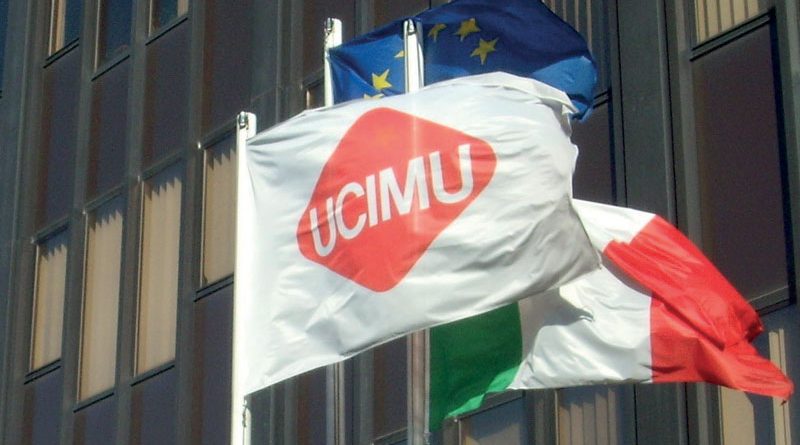Signs of Recovery on the Horizon
After the collapse of 2020, the Italian machine tool, robot and automation industry, represented in Italy by UCIMU-SISTEMI PER PRODURRE, envisages a recovery already in 2021. Even if the ground lost over the last twelve months cannot be fully recovered, forecasts are really positive. And this also thanks to the Government incentive measures for the replacement of obsolete machinery and for Transition 4.0.

The Italian machine tool, robot and automation industry, which has been deeply affected by the Coronavirus pandemic, registered double-digit decreases for all main economic indicators in 2020. However, the trend of the year 2021 should be completely different and, even if the ground lost over the last twelve months cannot be fully recovered, the forecasts are really positive. This is in brief what was reported by Barbara Colombo, president of UCIMU-SISTEMI PER PRODURRE. Despite the drop of the fourth quarter,a recovery is expected for 2021 The Economic Studies Department & Business Culture of the Association highlighted an 18.1% fall in the fourth quarter 2020 compared with the same period of the previous year. On an annual basis, the total index marked an 18.6% fall compared with the previous year. The outcome was due to the collapse of the orders collected on the domestic market (-35.1%) and to the reduction of those collected on the foreign market (-13.6%). “The year that has just closed was undoubtedly complicated, but we are confident that, already in the first months of 2021, the situation will improve. The Government incentive measures for the replacement of obsolete machinery and for Transition 4.0, the availability of vaccines, along with the presence of two very important exhibitions in Italy, such as LAMIERA and EMO MILANO 2021 (which, hopefully, will take place ‘in person’, editor’s note.), raise hopes for the trend of this new year”. “On the domestic front, the measures established in the Transition Plan 4.0 included in the Budget Law 2021 are an excellent incentive for the recovery of investment in new, digital and non-digital technologies in Italy. Now what is essential is an appropriate communication to inform the enterprises about the criteria, technicalities and opportunities of the measures included in the provision, so that they can take advantage of these measures in the best way, without neglecting the key aspect of education and training 4.0”. According to the forecasts developed by the Studies Dept. & Business Culture of UCIMU, production should grow to 5,795 million euro (+16.6% versus 2020), driven by the recovery of exports, which should amount to 3,220 million euro (+11.8%), and by the increase in the deliveries of Italian manufacturers on the domestic market, which should go up to 2,575 million euro (+23.2%).
Consumption should regain its dynamism, registering a 23.3% upturn and reaching 4,175 million euro. Imports will also start to grow, attaining 1,600 million euro, corresponding to 23.6% more than in the previous year. The export/production ratio will return to 55.6% due to the balancing of Italian manufacturers’ activity between domestic and foreign markets.

Training is necessary at least as much as technological upgrade
Besides tax credits for purchasing new production systems and an increase in the tax rates applied to investments in Research & Development, the Government authorities have provided for an education and training credit, however considering in the calculation of the tax relief not only the cost for the education and training hours of the staff involved, but also the cost for the trainer, the most onerous aspect of this activity incurred by an enterprise.
“I think that this choice – said Barbara Colombo – will strongly incentivise the enterprises to start staff update and training plans, which are necessary, at least as much as technological upgrade, for maintaining the competitiveness of Italian enterprises. According to the president, also the
availability of vaccines will contribute to the recovery of activities also abroad, facilitating people mobility, which is decisive for the business of the association’s member companies that have always been engaged in foreign markets “The movement impossibility of goods and people, as well as the almost total absence of trade fairs – concluded president Colombo – have severely tested our work in 2020. We have been compelled to almost do without for a whole year, trying to supplement with web meetings, remote connections and demonstration videos. Nevertheless, now our enterprises need to participate again in trade shows and organise business meetings in person”.

